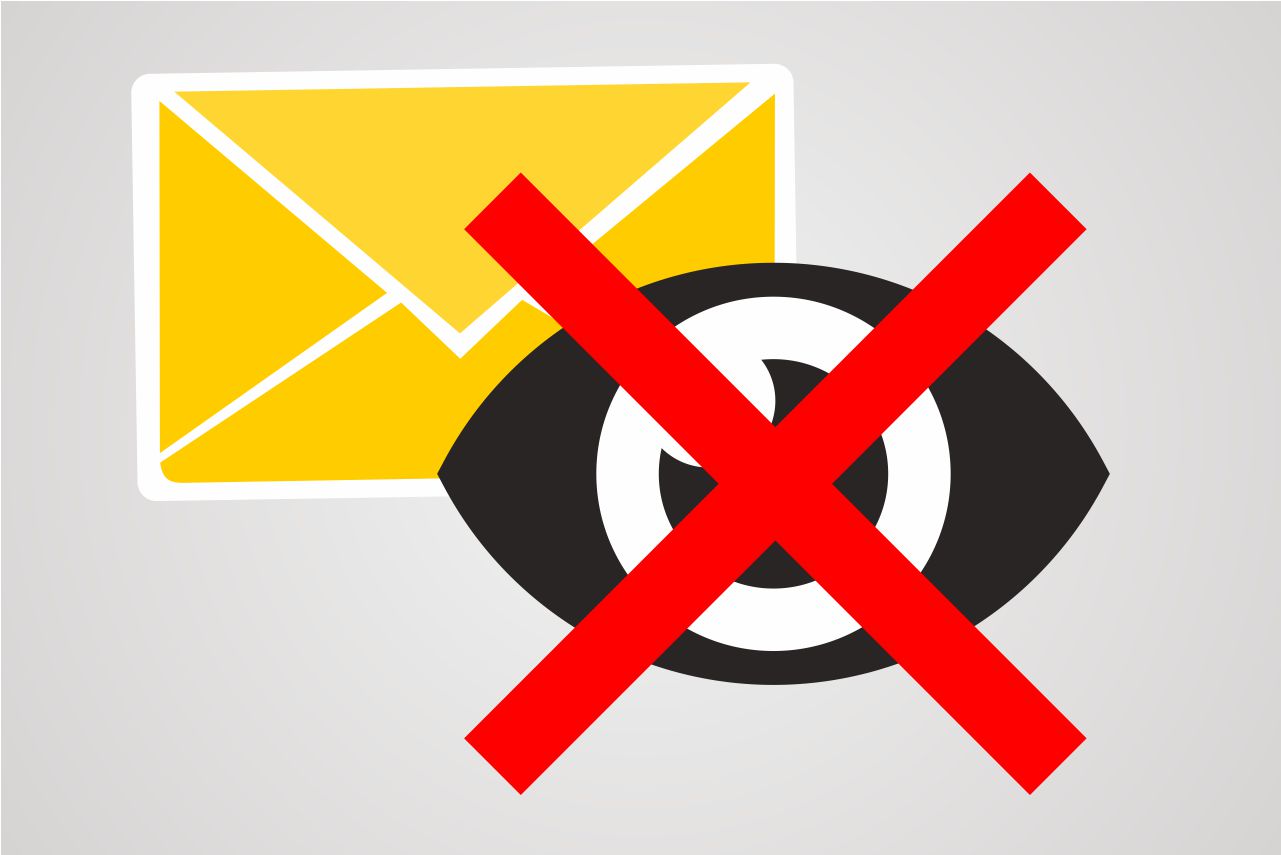In order to make sure that everyone in the organization is on the same page, constant and frequent communication must exist between staff and management, and companies and clients and suppliers. What corporate communications strategies do is they lay out the plan in which companies intend to communicate with their internal and external stakeholders. Therefore, in order to come up with strategies that are effective, corporate communicators must always keep in mind how their plans will impact the company and its objectives.
Here are the important steps you must take when concocting your own corporate communication strategies:
1. Lay out your objectives
At the core of your plan will be your objectives. Identify them first before doing anything else. Remember that your objectives are vital to the success of all your corporate communications strategies. And in order for your objectives be effective, make sure that they are aligned to the vision and mission of your company.
When plotting out your objectives, make sure to ask yourself if your plan will help your company achieve its core objectives. By making sure that your objectives are in sync with the ultimate goals of your organization, you are also reinforcing why you need the strategies in the first place. This reinforcement then convinces the management to support your efforts and consequently allocate resources and funding for your plan.
2. Know your audience
Those who are in charge of coming up with corporate communications have to identify the audience they want to communicate with to make sure that their corporate communication strategies are effective. The typical audience would be employees who need to be updated on news regarding the company. Another usually audience would be clients as they are key to boosting the profits and revenues of a business.
Other audiences include suppliers, business partners, potential clients and the general public.
3. Create your message
Being able to pinpoint your objectives and audience, it will be a lot easier to create and plot out your messages.
Messages typically start with a main idea, which eventually leads to the development of further core ideas. These core ideas are aligned with the ultimate goals of the company and are connected to how they relate to the organization’s audiences.
In order to make sure that you get your point across and your audience understands your message, make sure that the language you use is simple. Utilize numbers and statistics as evidence.
Make sure that your messages make the most impact by summarizing your idea in three key points when presenting your corporate communications strategies. Further spark the interest of your audience by utilizing narratives, imagery and human interest stories. These strategies will help your messages be more impactful and credible to your audiences.
4. Pinpoint the tools and activities you need
After identifying your objectives and audience and plotting out your messages, the next step is to figure out which tools you need in order to relay what you want to relay. Tools and activities may vary, depending on the message and the audience you want to speak to. For example, a corporate newsletter won’t be an effective channel if you want to speak to the general public; rather, opt for an annual report which will be more interesting even for people who don’t work in the company.
5. Make an evaluation on your strategies and make alterations if necessary
After implementing your corporate communication strategies, make sure to evaluate it. Review them to check if they were effective with your chosen audience. Make a determination if your plan was able to address the issues you wanted to address, and if you were able to meet the objectives you created in the first place.
When creating a plan, make sure to integrate it into the operational strategy of the company to make sure that it is effective.





